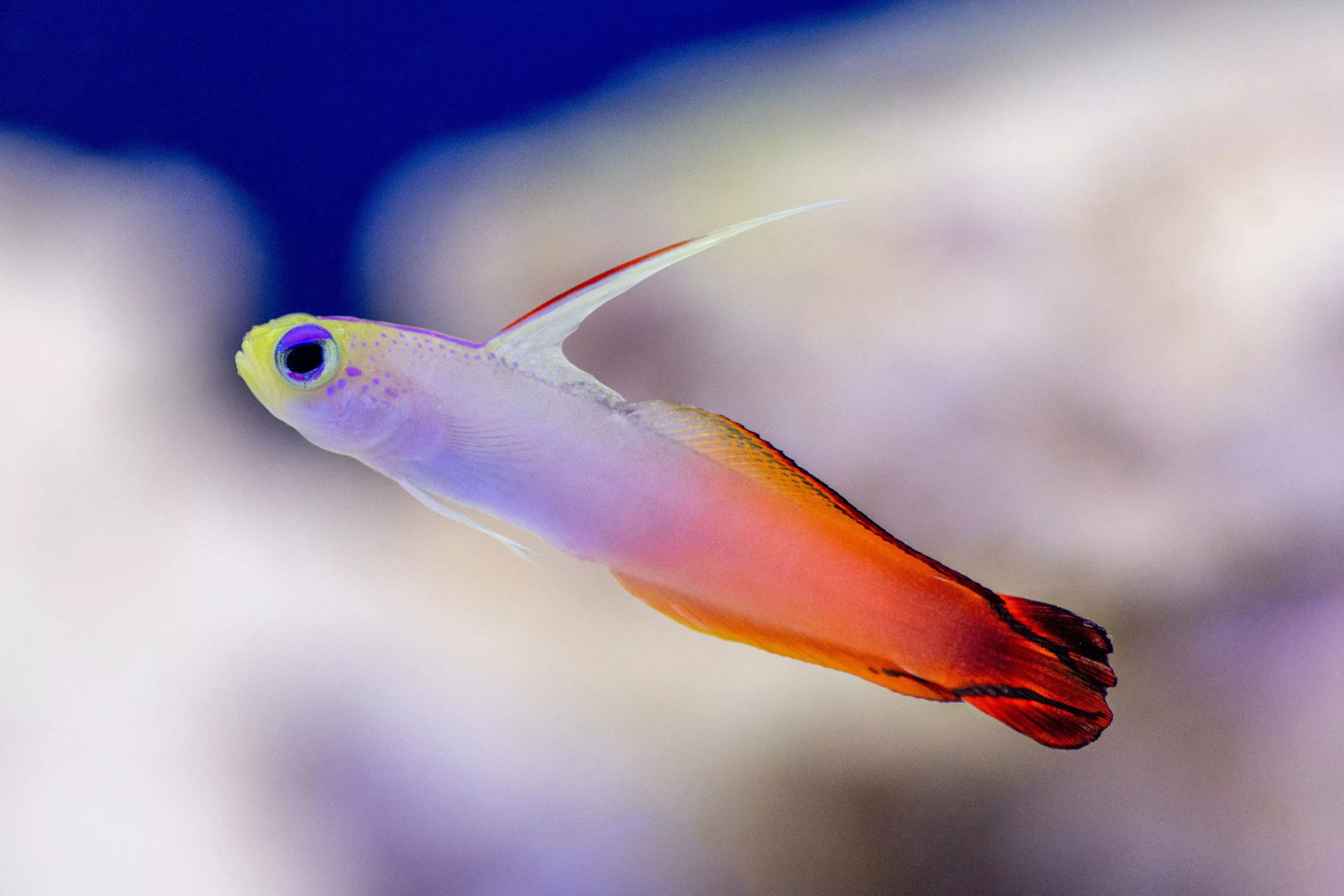When setting up a marine aquarium, particularly a reef tank, the selection of fish species is crucial not only for aesthetic appeal but also for the maintenance of a harmonious ecosystem. Some fish can thrive in this environment, while others may cause havoc by preying on corals or invertebrates. Understanding which fish are truly reef-safe can drastically influence the success of your aquarium. This guide will explore various fish types that coexist peacefully in reef tanks, ensuring both a vibrant display and a stable habitat.
Among the myriad options for marine aquarists, smaller species of angelfish stand out as ideal residents for larger reef tanks. Notable for their vibrant colors and relatively gentle nature, dwarf angelfish such as the Coral Beauty Angelfish (*Centropyge bispinosa*) and Fisher’s Angelfish (*Centropyge fisheri*) can add beauty without significant risk to corals. However, it’s worth noting that even these smaller varieties can sometimes exhibit coral-picking behavior, particularly in smaller, confined spaces where territorial disputes may arise unless they are well-fed.
On the other end of the spectrum, larger angelfish species, including the emperor angelfish (*Pomacanthus imperator*), should be avoided in a reef setting. Their proclivity for consuming shrimp and corals makes them incompatible with sensitive reef environments. Instead, a standout among reef-safe options is the Japanese swallowtail angelfish (*Genicanthus melanospilos*), known for its non-aggressive temperament and compatibility with delicate invertebrates.
Clownfish are perhaps one of the most beloved inhabitants of marine tanks. They are celebrated not just for their striking colors but also for their amusing antics and relatively docile nature. Popular species such as the False Percula Clownfish (*Amphiprion ocellaris*) and True Percula Clownfish (*Amphiprion percula*) epitomize the clownfish family’s charm. However, caution should be exercised, especially with the maroon clownfish, which can exhibit aggressive behaviors particularly as they mature.
Maintaining clownfish in an aquarium may present challenges, mainly due to their specific dietary requirements. Nevertheless, with a consistent supply of suitable food, they flourish and contribute positively to the overall community, enriching the tank’s dynamic.
Gobies and blennies represent another fascinating segment of the reef-safe fish category. Gobies are not only lively but also play a vital role in maintaining the environment within the tank. Sand-sifting gobies, like the Diamond Watchman Goby (*Valencienna puellaris*), contribute to the aeration of the substrate while consuming detritus, thereby keeping the tank clean and reducing the risk of toxic buildup.
The shrimp goby species display an intriguing symbiotic relationship with shrimp, wherein they share burrow space. This cooperative behavior promotes a healthy ecosystem in the marine environment. Meanwhile, blennies, often classified into sand-sifting or shrimp species, add diversity and interest but should be chosen carefully to ensure they do not disrupt the tank’s balance.
Surgeonfish are another excellent choice for reef tanks, primarily because of their herbivorous diet. Species such as the Pacific Blue Tang (*Paracanthurus hepatus*) and Yellow Tang (*Zebrasoma flavescens*) feed solely on algae, thus aiding in maintaining a balanced aquatic ecosystem by preventing overgrowth. Care should be taken regarding their adult size, as some species can grow significantly — planning for adequate tank space is essential to accommodate their needs.
The green chromis (*Chromis viridis*), a species of damselfish, deserves special mention for its ideal compatibility in reef settings. Their striking iridescent green color and pleasant disposition make them visually appealing while being non-aggressive to corals and most invertebrates. Moreover, maintaining them in groups enhances their comfort and displays their inherent schooling behaviors, contributing to a lively atmosphere in your aquarium.
The selection of fish for a reef tank extends beyond mere looks; it’s about creating a sustainable and cooperative environment. By opting for species that are known to cohabit safely with corals and invertebrates, aquarists can foster a thriving marine ecosystem that not only dazzles the eye but also respects the delicate balance of nature. This thoughtful approach will ultimately lead to a more fulfilling aquarium experience.


Leave a Reply